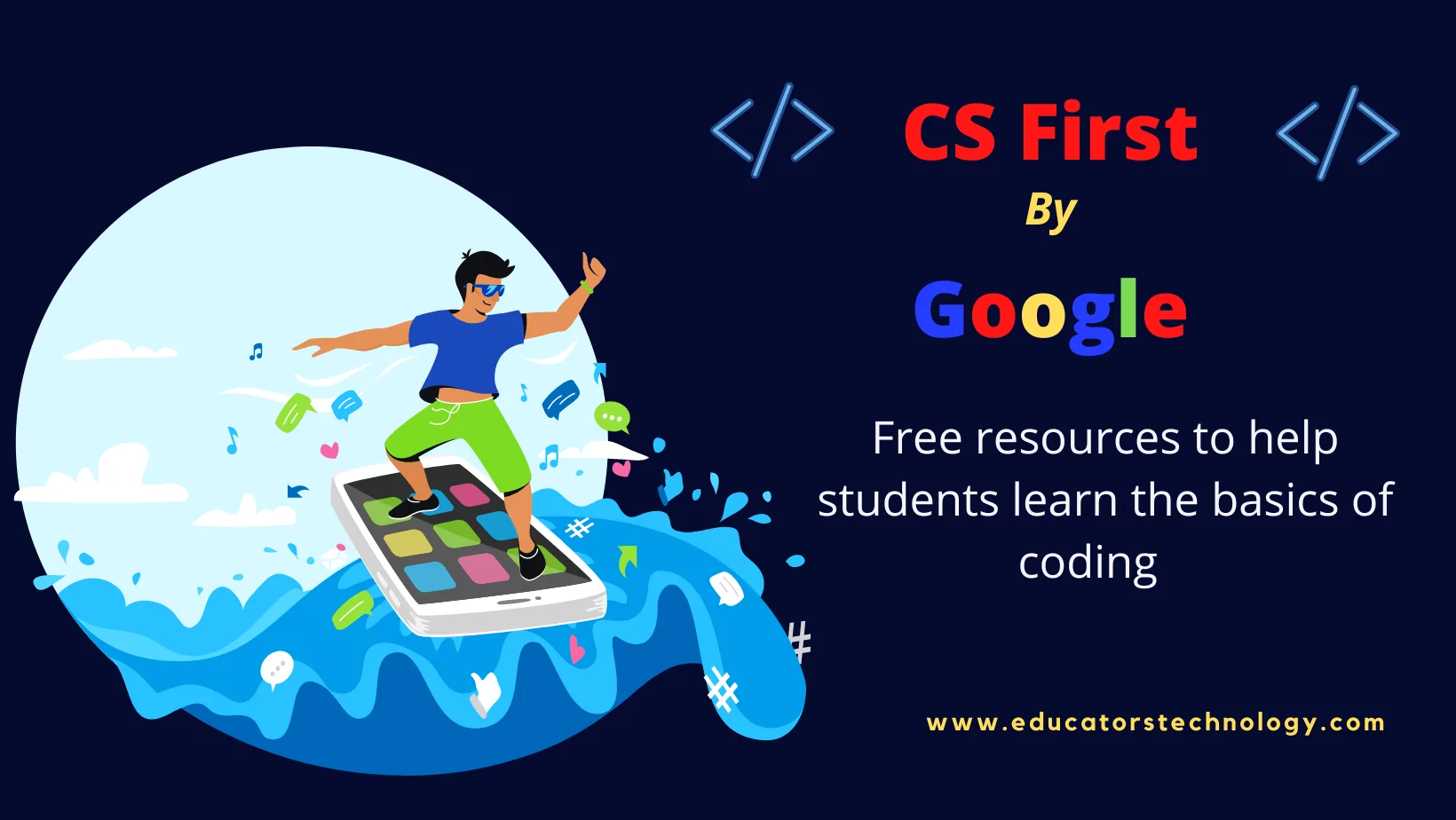CS First is what a fantastic resource for introducing kids to the world of coding! I’m particularly excited about this because it’s coming from Google for Education, a reliable name in the educational technology space. Given my years of teaching and the time I’ve spent researching educational tools, I can say that CS First is a great asset for classrooms. Let’s break it down a bit further.

What is CS First?
CS First is a free computer science curriculum aimed at classroom settings. Now, when I say “free,” I mean it in the best way possible. You’re getting a well-thought-out, video-based curriculum that takes the intimidation out of teaching coding. The program uses block-based coding in Scratch, which is a godsend for beginners. Scratch is essentially a visual programming language that makes the abstract concepts of coding much more concrete and accessible for young learners.
How Does it Work?
The setup is refreshingly straightforward. You create an online class, and from there, it’s pretty much drag-and-drop (you can find the instructions here). You can add students and co-teachers—something that really resonates with me, as it allows for a collaborative teaching environment. Once your virtual classroom is set up, you add activities. These activities are designed to engage students in coding projects that are both educational and fun.
How to create a teacher account in CS First?
Creating an account with CS First will help you make the best of this learning platform. Here is to create a teacher account:
- Head over to CS First and click on Sign in
- Choose ‘I am a Teacher’ and select which email account to use. Use your Google Workspace account if want to connect CS First with your Google Classroom.
- Fill in your information
- Connect your CS First dashboard to Google Classroom, if you want
How to set up a CS First class?
To create a class on CS First, you need to sign in to your teacher account and access your dashboard then do the following:
- Click on the + button at the top left menu
- Select ‘Create a class’
- Type in your class name and choose how you want your students to sign in to CS First. There are two options: 1) using Workspace for Education accounts, 2) using CS First student accounts.
- Click on Create
- From within your class page, click on +Add units. You will be directed to the main CS Fist curriculum page.
- Click on Add to class button and select a one-hour lesson or multi-day unit
- Confirm the class you want to add the unit to and choose your materials preference.
Activities provided by CS First
Once your class is created you can start adding activities. There are two types of activities to add:
One-hour activities
One-hour activities, according to CS First, “teach students the basics of block-based coding and Scratch, and are great for anyone who is new to coding or for special one-day events such as conferences or Hour of Code. One-hour activities are short 45 – 75 minute standalone activities designed for students to start and complete a coding project in one session. Students will watch a series of videos and create one coding project in Scratch with opportunities to personalize their work using “Add-Ons.”
Multi-day activities:
Multi-day activities are based on students interests and vary in their complexity level. built. These activities are especially constructed to initiate students into the fundamentals of computer science. “Each multi-day activity consists of eight activities and include roughly 10 – 12 hours of content. For each activity, students will watch a series of videos and create one coding project in Scratch with opportunities to personalize their work using “Add-Ons”.
CS First dashboard
As a teacher, you can use the dashboard in your class to track students progress, access students projects in Scratch, request physical materials and many more. It also enables you to stay connected with other teachers and learn more about how they and their students are using CS First.
Check out this page to learn more about CF First.
Final thoughts
I absolutely love the inclusion of video tutorials in the curriculum. Not only do they serve as a guided instruction model, but they also provide room for kids to work independently. And let’s face it, kids today are digital natives; video content is second nature to them.
However, while CS First is a superb tool, it shouldn’t entirely replace hands-on instruction. Remember, coding isn’t just about writing commands; it’s about problem-solving and computational thinking, skills best honed through a mix of guided and independent practice.
That being said, CS First serves as a robust starting point for any teacher wanting to integrate coding into their classroom. It’s not just about teaching kids to code; it’s about teaching them to think like coders, which is a crucial 21st-century skill. So if you haven’t tried it out yet, I’d say now’s a good time to hop on board!




